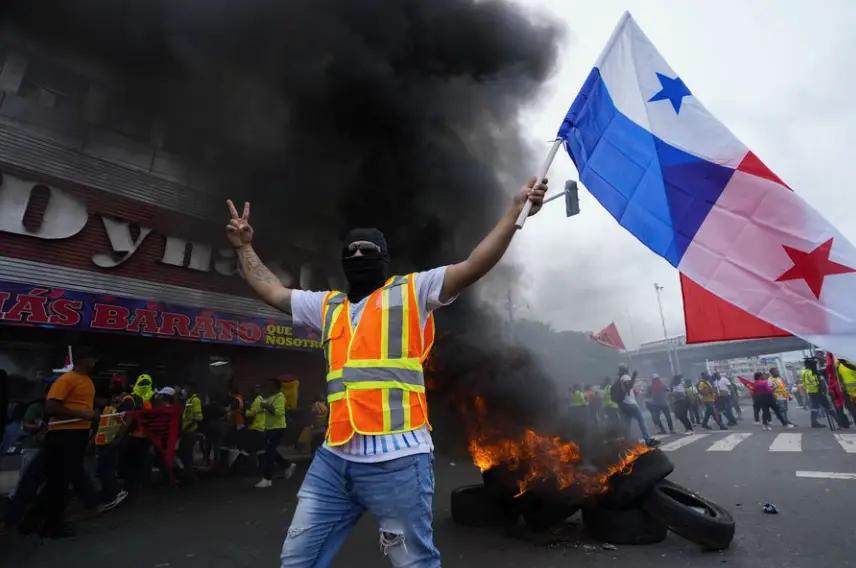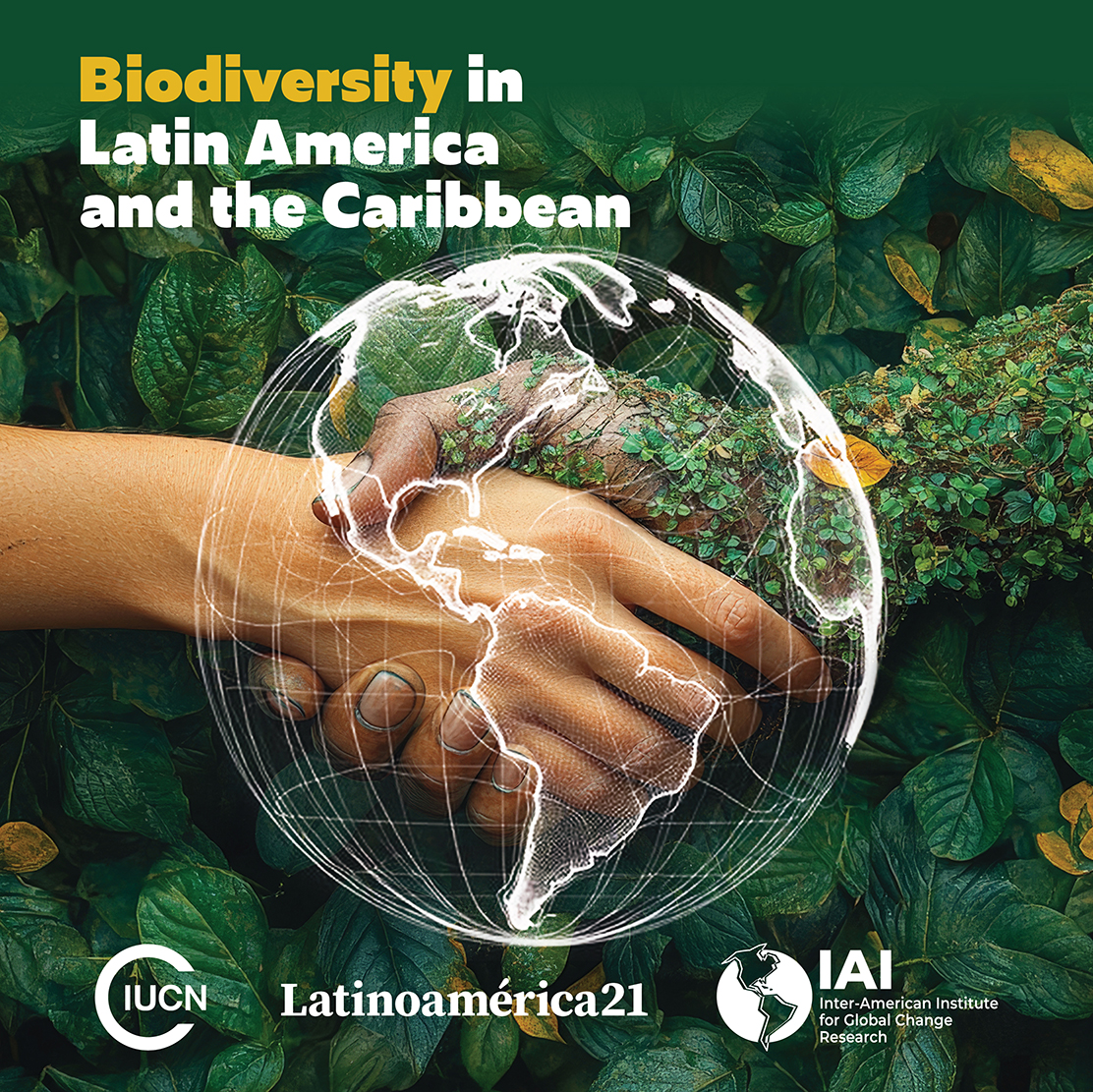Panama is facing the biggest political crisis since the transition to democracy. Throughout the country, there are demonstrations, massive concentrations and closures on the main roads, which is generating shortages in stores and gas stations, closures of schools and universities, and significant economic losses, according to the Chamber of Commerce. Furthermore, picketing in front of a mine and political representatives have been attacked, including the residence of the President of the Republic in the province of Colon.
On Friday, October 20, 2023, the National Assembly approved in the third and last debate the contract with Minera Panama (a subsidiary belonging to the Canadian company First Quantum Minerals), thus sanctioning Law 406. This approval process was a lightning-fast one, in two days and ignoring diverse sectors of the population, which has generated a resounding popular rejection. The response was swift, with the call for a national protest on Sunday, October 22, organized by collectives such as SUNTRACS (the largest construction workers union), ASOPROF (teachers union) or Sal de las Redes (youth organization), in addition to dozens of other organizations throughout the country, to repeal Law 406 and approve a mining moratorium.
The protests denounce the environmental impact of open-pit mining activity in the country and direct attention to the contract that contains arbitrary advantages for the company, such as the possibility of expropriating land inside and outside the awarded area, tax exemptions, management of ports and airports, and the lack of state oversight, among others. According to a large part of the population, these advantages make this mining project seem like a colonial enclave controlled by a foreign power, which has clear echoes of the last century’s struggles for the recovery of the Canal. In the face of the massive rejection, the government proposed that the mining contract is an opportunity to meet pension payments in the context of the financial problems of the Social Security Fund.
A country characterized by its political stability and the absence of major conflicts, which the first former Vice President Ricardo Arias Calderón himself defined in the 1990s as “a non-confrontational country”, in 16 months has suffered two of the largest mobilizations in its history. The rise of protests is not unrelated to the long quarantines by Covid-19, one of the strictest in the region, which influenced a 17.9% decline in GDP. According to the IDB report “Social impact of the Covid-19 pandemic in Panama and analysis of the efficiency of cash transfer Programs”, poverty in the country increased by 12.5% and extreme poverty grew by 6.8% in 2020; the middle class plummeted, shrinking by almost 11%, while the Gini index increased by 3.8 points, leaving it at 54.1. However, beyond the socioeconomic effects, something seems to have broken down in the social order during the quarantines: like a kind of earthquake, the measures adopted to deal with the pandemic exacerbated other deficits, such as suspicions about the mismanagement of public funds. In the II CIEPS Citizenship and Rights Survey (2021), corruption came to be perceived as the country’s main problem. The pandemic had a destabilizing effect on the Panamanian social order, hindering its normal reproduction and making it more difficult for certain inertia and functioning to continue operating.
In July 2022, due to the rise in prices, protests were unleashed throughout the country and great alliances of professionals, teachers, doctors, construction workers, indigenous people, and anonymous citizens were built. But in the case of the October 2023 demonstrations, these alliances were joined by even more affluent sectors, with demonstrations taking place in high socioeconomic neighborhoods, such as Clayton. Not only there are these unexpected irruptions, but even unions such as doctors’ and lawyers’ associations have held rallies against the mining contract, giving the mobilizations a cross-cutting character. At the same time, it is remarkable the role of young people who have led many of the marches and demonstrations. Panamanian youth show in opinion studies a high degree of disengagement with democracy, institutions, and traditional mechanisms of political participation, but on the other hand, express a high degree of environmental awareness, prioritizing to a greater extent than the rest of the age groups the protection of nature over economic growth, considering that this awareness is massive in all age groups, according to data from the III Survey of Citizenship and Rights of the CIEPS.
In addition to the transversal feature of the protests, the presence of new actors or the prominent role of young people, the main difference between the mobilizations of July 2022 and those of October 2023 is that in the first case, the objective was affirmative-propositive, with demands for measures such as lower fuel, basic food basket, and energy prices, the request to comply with the promised educational investment, the improvement of accessibility to medicines, among other measures. Unlike these, the new protests are characterized by opposition, by the denial of the mining contract, the objection to extractivism, and the challenge to a form of government that follows spurious interests. That is to say, they contain a huge “no”. This type of denial makes it difficult for the permanent individual and isolated arrangements that have been the protagonists of the formulas for conflict resolution to operate, a transactional logic that has entered into crisis and is no longer operative since it is incapable of attending to the collective and general solution demanded by the population.
Before the pandemic, Panama had a successful economic model in terms of growth that pivoted on the expansion of the Canal and the externalities it generated. However, once the expansion is over, after the death of the goose that lays the golden eggs, what should the next model be? The strong protests highlight the fact that the population does not want mining. But if extractivism is not the model that will respond to the demand for sustainable economic development, the necessary attention to historical social debts and the imperative of transparent governance, without spurious interests that generate trust, then one of the most important questions that Panamanian society must answer, especially at a time before the general elections of 2024, is what the alternative would be.
*Translated by Janaína Ruviaro da Silva from the original in Spanish.











